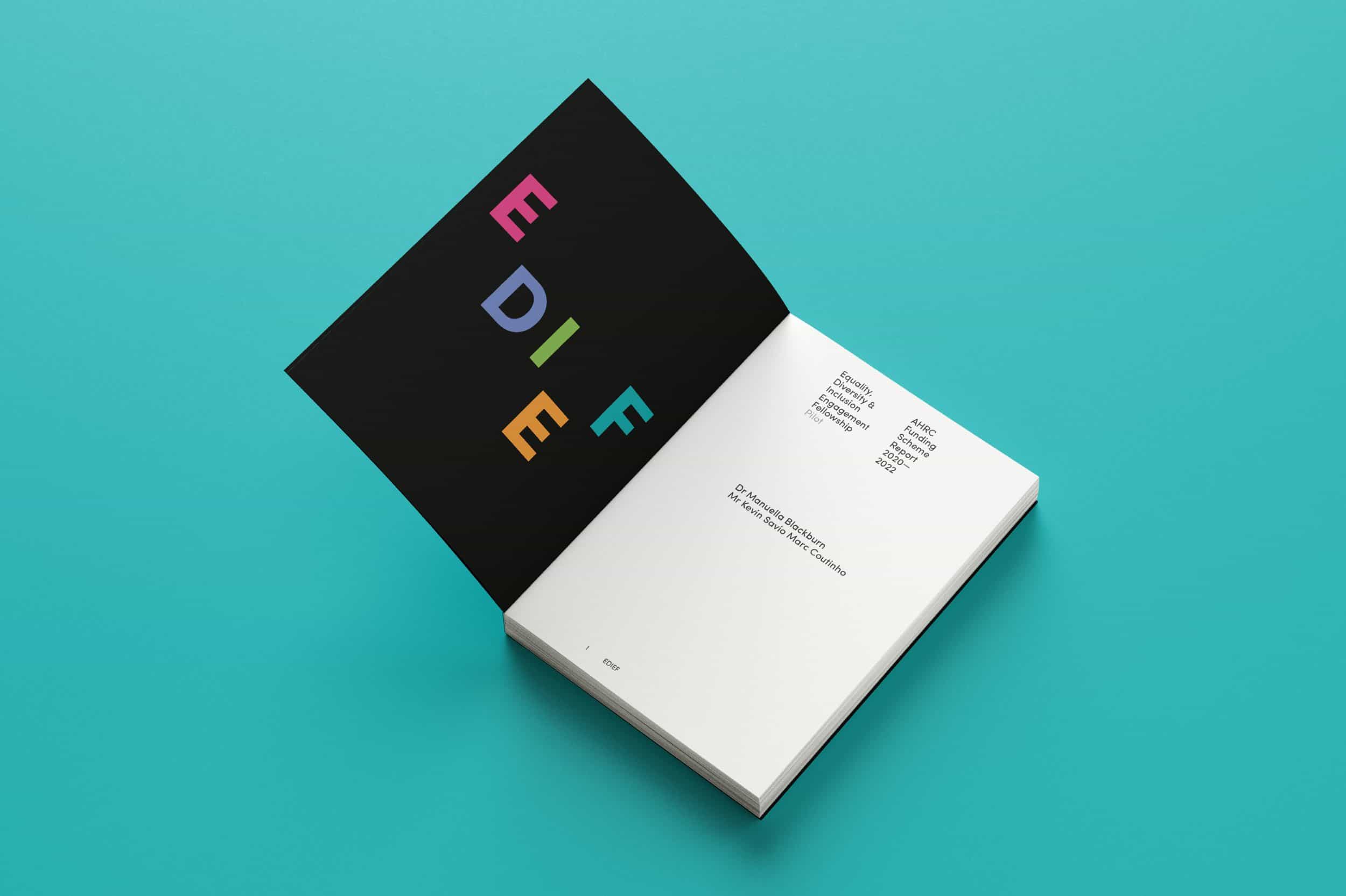Dr Manuella Blackburn is an experienced researcher in the field of electroacoustic music. She is an internationally recognised and multi award-winning composer. As a practiced-based researcher, Dr Blackburn’s work takes the form of new, original compositions which have been played globally in over 250 performances, concerts, exhibitions and festivals. As a specialist in creating fixed media music, Dr Blackburn’s research has focused on methodologies exploring new strategies for composers and students to create music. Her work pioneering the first systemised method for creating electroacoustic music (The Visual Sound-Shapes methodology) was used as a REF Impact Case Study in REF2014 demonstrating the reach and significance of this pedagogical tool for class room learning and beyond.

Dr Blackburn’s research extends to compositional methodologies with short soundfiles emerging from experimentation with brevity in her own music-making. Her series of published work on her albums Petites étincelles (2017) and Formes audibles (2011) include: Switched on (2011), Time will Tell (2013), Ice Breaker (2015), Snap Happy (2017) and Landline (2018) which all deal with the coordination and handling of hundreds of short soundfiles. Finding ways to sequence such materials en masse has preoccupied Dr Blackburn’s practical and text-based research over eight past years.
Along side these research concerns, Dr Blackburn’s work examining sound and musical borrowing in electronic music has resulted in a number of key publications: ‘The Terminology of Borrowing’ (2019), and ‘Other People’s Sounds’ (2017). This research followed on from her study of intercultural creativity which spurred on a wave of interest in cultural appropriation within the sonic arts, previously under-documented. These key ideas were first formulated into research into cross-cultural composition practices as exhibited in her work Cajon! (2008), Dance Machine (2009), Karita oto (2009). The concept of the Sonic Souvenir as an analogy for field recordings conducted in foreign locations opened up a curiosity for the movement of sound across borders.